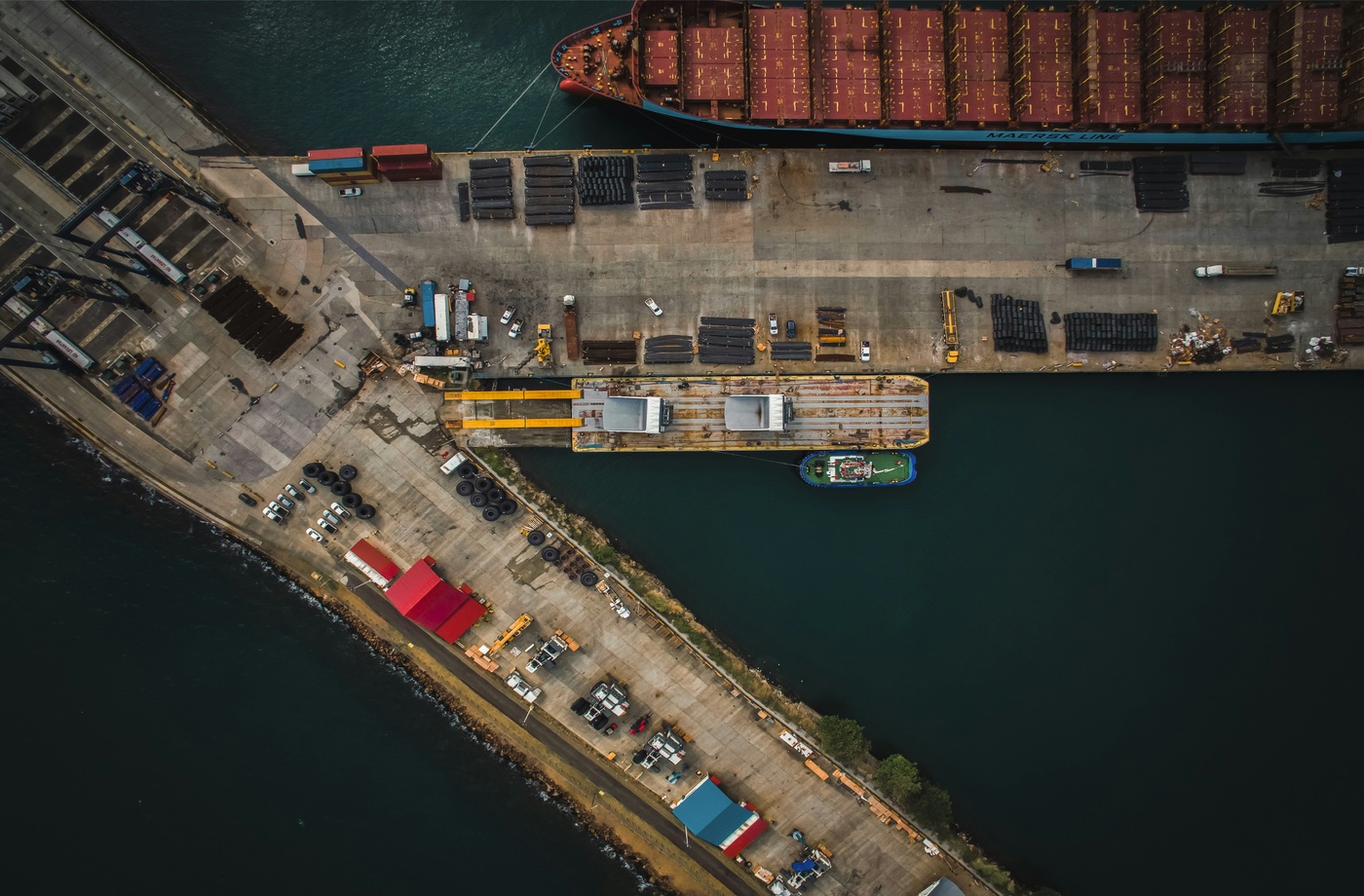Choosing between air freight and sea freight is a crucial decision in logistics that affects cost, speed, and reliability. Understanding the differences between these two modes of transport helps businesses optimize shipping strategies to meet their specific needs. This guide outlines the key factors to consider when deciding whether to use air or sea freight.
Speed and Delivery Time
Air freight is significantly faster than sea freight. Typical transit times for air shipments range from one to seven days, depending on origin and destination, making it ideal for urgent, time-sensitive goods. In contrast, sea freight usually takes several weeks, often between 20 and 45 days, depending on the shipping route and port processing times.
Cost Differences
Sea freight generally offers lower costs, especially for large, heavy, or bulky shipments. Shipping by sea is more economical because vessels can carry large volumes of cargo, spreading costs over many shipments. Air freight is more expensive due to higher fuel costs, limited cargo space, and faster transit.
Cargo Type and Size
Air freight is suitable for smaller, high-value, or perishable items like electronics, pharmaceuticals, or fashion goods. Sea freight handles large volumes and heavy cargo such as machinery, raw materials, and bulk goods. Some oversized or hazardous cargo must be shipped by sea due to air transport restrictions.
Reliability and Scheduling
Air freight schedules are generally more reliable and frequent, with multiple daily flights available on major routes. Sea freight can face delays due to weather, port congestion, and customs clearance, which can extend delivery times unpredictably.
Environmental Impact
Sea freight has a lower carbon footprint per ton-mile compared to air freight, making it the more environmentally friendly option for shipping large volumes. Businesses aiming for sustainability may prefer sea freight when timing is flexible.
Customs and Documentation
Both air and sea freight shipments require proper customs documentation, but air freight often benefits from faster customs clearance processes. Understanding these procedures is essential to avoid delays regardless of the shipping mode.
Use Cases for Air Freight
- Urgent deliveries needing fast turnaround
- High-value or fragile products requiring careful handling
- Perishable goods with limited shelf life
- Small shipments where speed outweighs cost
Use Cases for Sea Freight
- Large volume or heavy shipments
- Non-urgent goods with flexible delivery schedules
- Bulk commodities and raw materials
- Oversized or hazardous cargo
Save on Freight Costs with Discounted Gift Cards
To manage shipping expenses, consider purchasing discounted shipping gift cards through platforms like Fluz. For example, you can earn cashback with a FedEx gift card or get rewards with a UPS gift card, helping reduce overall freight costs whether shipping by air or sea.
In Conclusion
Choosing between air freight and sea freight depends on your priorities for speed, cost, cargo type, and sustainability. By understanding the benefits and limitations of each option, you can tailor your logistics strategy for optimal efficiency and savings. Combining smart shipping choices with cashback benefits from platforms like Fluz makes global shipping more affordable and effective.



